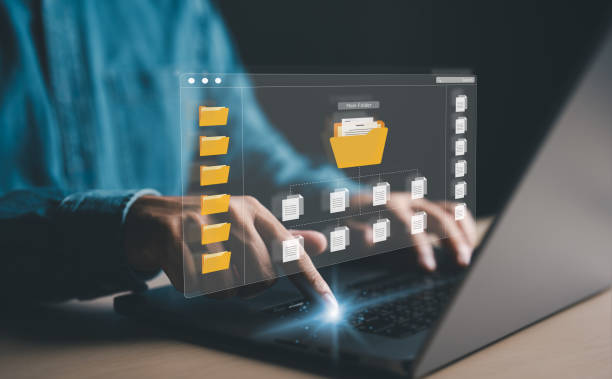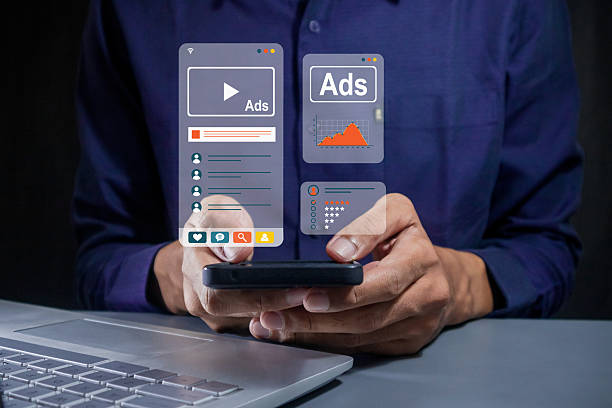What is On-Page SEO and Why Does it Matter?

What is On-Page SEO and Why Does it Matter?
#On-Page_SEO, or On-Page SEO, refers to a set of techniques and actions performed within your website to improve your site’s ranking in search engine results like Google.
These actions include optimizing content, site structure, title tags, meta descriptions, and more.
Unlike Off-Page SEO, which focuses on activities outside of your site (such as link building), you have more direct control over On-Page SEO.
The importance of On-Page SEO stems from the fact that search engines use complex algorithms to evaluate and rank websites.
These algorithms consider multiple factors, including content quality, content relevance to the user’s query, and user experience.
By optimizing your site for these factors, you can increase your chances of achieving higher rankings in search results.
Improved ranking in search results leads to increased organic traffic, increased brand awareness, and ultimately increased sales and profitability.
In other words, On-Page SEO helps you make your website more “search engine-friendly” and shows them that your site is a valuable resource for users.
With strong On-Page SEO, your website not only becomes more attractive to search engines but also provides a better user experience for visitors.
This better user experience can lead to increased conversion rates and customer loyalty.
Don’t have a company website yet and are missing out on online opportunities? With professional company website design by Rasaweb,
✅ Double the credibility of your business
✅ Attract new customers
⚡ Free consultation for your company website!
Keyword Research – The Foundation of Successful On-Page SEO
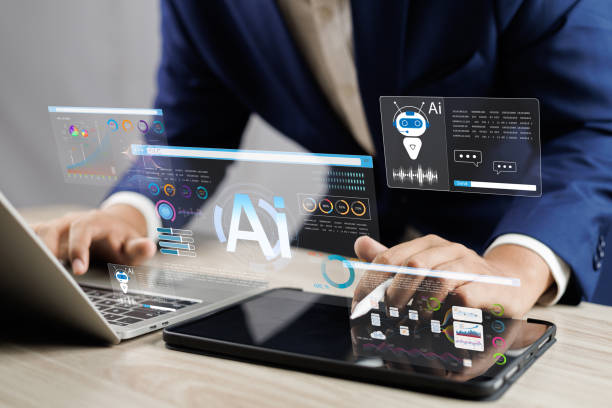
Keyword Research – The Foundation of Successful On-Page SEO
Keyword Research is the cornerstone of any successful On-Page SEO strategy.
Before you start optimizing your content or site structure, you need to know exactly what phrases users enter into search engines to find the information they are looking for.
Keyword research helps you identify the words and phrases that have the highest search volume and are relevant to your business.
To conduct keyword research, you can use various tools such as Ahrefs, SEMrush, Google Keyword Planner, and Keywordtool.io.
These tools provide you with information on search volume, competition level, and related keywords.
Using this information, you can create a list of head keywords and long-tail keywords.
Head keywords typically have high search volume but are also highly competitive.
Long-tail keywords are longer, more specific phrases that have lower search volume but also less competition.
Focusing on long-tail keywords can be a great way to attract targeted traffic and increase conversion rates.
Also, keep in mind that keyword research is an ongoing process and should be updated regularly to keep pace with changes in user behavior and search engine algorithms.
Finally, make sure the keywords you choose are relevant to the purpose and content of your website.
Using irrelevant keywords will not only not help improve your ranking but can also result in your site being penalized by search engines.
In fact, On-Page SEO requires the correct use of keywords.
Content Optimization – The Heart of On-Page SEO

Content Optimization – The Heart of On-Page SEO
Content is king! This famous phrase in the world of SEO highlights the extraordinary importance of content in the success of a website.
Optimizing content for search engines and users is one of the most important aspects of On-Page SEO.
Your content must be valuable, relevant, and engaging to attract the attention of users and search engines.
To optimize content, you must first ensure that your content is unique and original.
Avoid copying content from others, as this can lead to your site being penalized by Google.
Your content should provide users with useful information and answer their questions.
Also, try to organize your content in a way that is easy to read and understand.
Use headings, subheadings, short paragraphs, and lists to break up the text and improve readability.
Appropriate use of keywords in content is also very important.
Place keywords naturally and smoothly in headings, subheadings, paragraphs, and image tags.
Avoid keyword stuffing, as this can make your content appear unnatural to users, and Google may penalize your site.
Instead of focusing on the number of keywords, focus on the quality and relevance of the content to the user’s query.
| Content Element | Recommendation |
|---|---|
| Page Title (Title Tag) | Include the main keyword, be attractive and relevant, and be less than 60 characters long. |
| Meta Description | Include the main keyword, be attractive and descriptive of the content, and be less than 160 characters long. |
| Headings | Use H1 for the main page title, use H2 to H6 for subheadings, and include relevant keywords. |
| Body Text | High-quality, unique content that is relevant to keywords, readable, and engaging. |
Remember that your content should be updated regularly to stay fresh and relevant.
Adding new information, correcting errors, and improving content structure can help improve your site’s ranking.
Using images, videos, and infographics can also increase the attractiveness of your content and keep users on your site longer.
Finally, optimize your content in such a way that On-Page SEO is effective and valuable for both search engines and users.
Optimizing Title Tags and Meta Descriptions
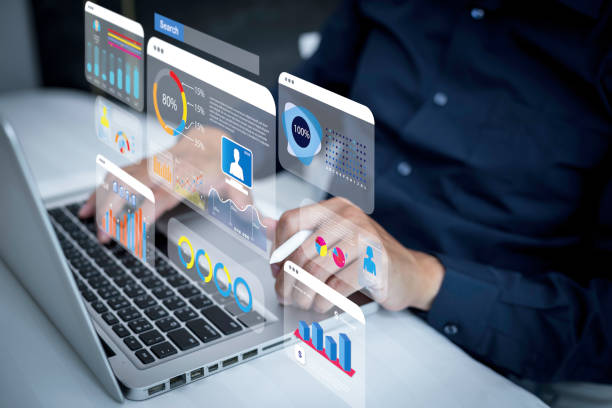
Optimizing Title Tags and Meta Descriptions
Title Tags and Meta Descriptions are among the most important On-Page SEO factors that help search engines and users understand the topic and content of a page.
The title tag is the text that appears in the browser tab and in the search results as the page title.
The meta description is a short summary of the content of the page that appears below the title in the search results.
Optimizing title tags and meta descriptions can have a significant impact on click-through rate (CTR) and your site’s ranking.
An attractive and relevant title tag can encourage users to click on your site link, while a good meta description can assure them that your page provides the information they are looking for.
To optimize title tags, try to use the main keywords at the beginning of the title.
Your title should be engaging, descriptive, and relevant to the content of the page.
The title should not be longer than 60 characters, as Google usually truncates longer titles.
To optimize meta descriptions, try to provide an accurate and engaging summary of the content of the page.
The meta description should include relevant keywords and encourage users to click on your site link.
The meta description should not be longer than 160 characters.
Finally, On-Page SEO is accelerated with the help of these tags.
Did you know that 94% of first impressions of a company are related to its website design?
Rasaweb helps you create the best first impression by providing professional company website design services.
✅ Create a professional and reliable image of your brand
✅ Attract potential customers more easily and improve online position
⚡ Get a free consultation on company website design
Optimizing URLs – Creating SEO-Friendly Link Structures
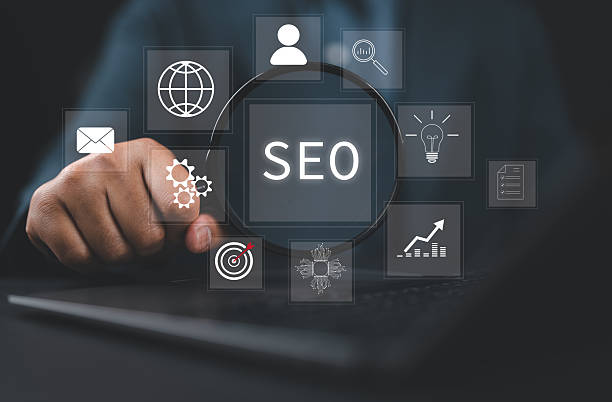
Optimizing URLs – Creating SEO-Friendly Link Structures
URLs (Uniform Resource Locators) or web addresses play an important role in On-Page SEO.
An optimized URL can help search engines and users understand the structure and content of a page.
URLs should be short, descriptive, and include relevant keywords.
To optimize URLs, avoid using unnecessary characters, numbers, and symbols.
URLs should be simple and easy to understand.
Instead of using long and complex URLs like `www.example.com/page?id=123&category=456`, use short and descriptive URLs like `www.example.com/seo-internal`.
It is recommended to use a hyphen (-) to separate words in URLs.
Also, try to coordinate URLs with your site structure.
A logical and hierarchical URL structure can help search engines better index your site.
For example, if your site has different categories, you can use URLs like `www.example.com/category/subcategory/page-name`.
Finally, after creating a URL, try not to change it.
Changing URLs can lead to broken links and loss of your site’s ranking.
If you have to change a URL, use a 301 redirect to redirect users and search engines to the new URL.
In fact, SEO-friendly links are essential factors of On-Page SEO.
Optimizing Images – Increasing Site Speed and Ranking

Optimizing Images – Increasing Site Speed and Ranking
Images play an important role in the attractiveness and user experience of a website.
However, large and unoptimized images can slow down site loading speed and negatively affect your site’s ranking.
Image optimization for On-Page SEO includes compressing images, using appropriate formats, and adding alt text.
Image compression means reducing the file size of images without significant quality loss.
Various tools such as TinyPNG, ImageOptim, and Compressor.io are available for compressing images.
Using appropriate formats can also help reduce the file size of images.
The JPEG format is suitable for photographic images, and the PNG format is suitable for graphic images.
The WebP format is also a new and efficient format that can significantly reduce the file size of images.
Alt text is text that is added to images and is displayed in place of the image if the image fails to load.
Alt text also helps search engines understand the topic and content of the image.
The alt text should be descriptive, relevant, and include keywords.
For example, instead of using the alt text `image1.jpg`, use the alt text `website On-Page SEO`.
By optimizing images with the help of On-Page SEO, you can improve your site’s ranking.
Improving Site Speed – A Critical Factor in On-Page SEO
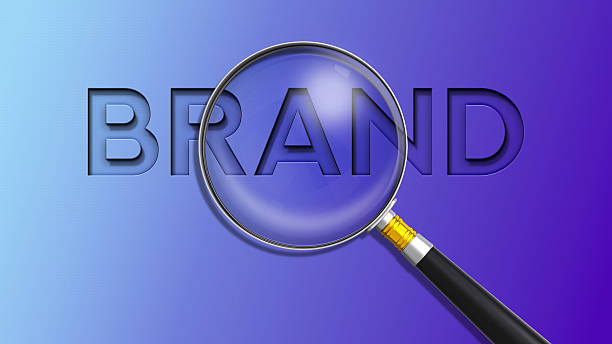
Improving Site Speed – A Critical Factor in On-Page SEO
Site speed is one of the most important ranking factors in Google.
Users expect websites to load quickly, and if a site is slow, users are likely to leave it.
Google also prefers faster websites in search results.
Improving site speed can have a significant impact on user experience, conversion rates, and your site’s ranking.
To improve site speed, you can use various techniques such as compressing images, enabling caching, using content delivery networks (CDN), and code optimization.
Image compression helps reduce the file size of images and increase their loading speed.
Enabling caching helps store static versions of site pages in users’ browsers and prevents them from being reloaded on subsequent visits.
Using content delivery networks (CDN) helps distribute your site’s content across multiple servers around the world and reduces loading time for users in different parts of the world.
Code optimization also helps reduce the file size of HTML, CSS, and JavaScript files and increases site processing speed.
Also, On-Page SEO makes the site have a high loading speed.
| Site Speed Factor | Test Tool | Recommendation |
|---|---|---|
| Page Load Speed | Google PageSpeed Insights, GTmetrix | Should be under 3 seconds. |
| TTFB (Time to First Byte) | WebPageTest | Should be under 200 milliseconds. |
| FCP (First Contentful Paint) | Chrome DevTools | Should be under 2 seconds. |
| LCP (Largest Contentful Paint) | Chrome DevTools | Should be under 2.5 seconds. |
Site Structure and Internal Linking
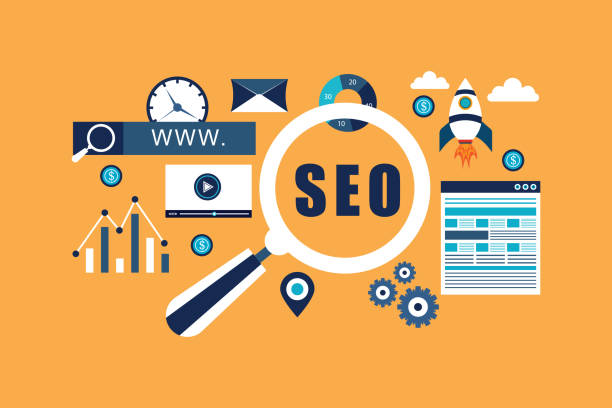
Site Structure and Internal Linking
Site structure refers to how the different pages of your site are organized and linked together.
A good site structure can help search engines better index your site and help users easily navigate your site.
Internal linking refers to creating links between different pages of your site.
Internal linking can help improve your site’s ranking, increase user dwell time on the site, and increase conversion rates.
To create a good site structure, try to divide your site pages into logical categories and use a hierarchical structure.
For example, you can have a homepage that links to several category pages and each category page links to several product pages or article pages.
Also, try to use a clear and easy-to-use navigation menu so users can easily navigate your site.
For internal linking, try to place internal links naturally and relevantly in your content.
For example, if you are talking about On-Page SEO in an article, you can link to other articles about keywords, content optimization, and site structure.
Internal links should point to relevant and valuable pages, and avoid using descriptive and relevant anchor text.
Internal linking is one of the most fundamental pillars of On-Page SEO.
Are you losing business opportunities because of an old website? With Rasaweb, solve the problem of not attracting potential customers through the website forever!
✅ Attract more high-quality leads
✅ Increase brand credibility in the eyes of customers
⚡ Get a free consultation on company website design
Mobile SEO – Optimizing for Mobile Devices

Mobile SEO – Optimizing for Mobile Devices
With the increasing use of mobile devices to search the internet, mobile SEO has become one of the most important aspects of On-Page SEO.
Google prefers websites that are optimized for mobile devices in search results.
Mobile SEO includes optimizing site design, site speed, and content for mobile devices.
To optimize site design for mobile devices, use a responsive design.
Responsive design means that your site design automatically adapts to the screen size of different devices (such as mobile phone, tablet, and desktop).
Also, use readable fonts and large buttons to make it easy to use your site on mobile devices.
Optimizing site speed for mobile devices is also very important.
Mobile users usually do not have high-speed internet, and a slow site can cause them to leave it.
To improve site speed on mobile devices, use techniques such as compressing images, enabling caching, and optimizing code.
Optimizing content for mobile devices can also help improve your site’s ranking.
Your content should be readable, concise, and relevant to the user’s query.
Avoid using large and heavy images and videos and organize your content in a way that makes it easy to read on mobile devices.
On-Page SEO and mobile SEO are closely related.
Analysis and Monitoring – Measuring and Improving Results

Analysis and Monitoring – Measuring and Improving Results
After taking On-Page SEO measures, it is important to analyze and monitor your results regularly.
Analysis and monitoring help you understand which actions were effective and which actions need improvement.
Various tools such as Google Analytics and Google Search Console are available for On-Page SEO analysis and monitoring.
Using Google Analytics, you can gain information about site traffic, user behavior, and conversion rates.
You can find out which pages users visit, how long they stay on your site, and what percentage of them convert into customers.
Using Google Search Console, you can gain information about your site’s performance in Google search results.
You can find out what keywords your site is ranking for, how many clicks you are getting from search results, and what problems exist on your site.
Using this information, you can improve your On-Page SEO strategy and achieve better results.
For example, if you notice that a particular page is not getting much traffic, you can optimize its content or add more internal links to it.
If you notice that your site is ranking for irrelevant keywords, you can revise your keyword strategy.
Finally, continuous analysis and monitoring help you continuously improve your site’s On-Page SEO and increase your ranking in search results. On-Page SEO is a process and requires continuous review.
Frequently Asked Questions
| Question | Answer |
|---|---|
| What is On-page SEO? | On-page SEO refers to a set of measures that are taken within a website and on the content of pages in order to achieve a better ranking in search results. |
| Why is on-page SEO important for a website? | On-page SEO helps search engines better understand your page’s content and assess its importance. It also provides a better user experience for visitors. |
| What are the most important factors of on-page SEO? | The most important factors include keyword optimization, content quality, Title Tag, Meta Description, URL structure, heading tags (H1-H6), internal linking, and image optimization. |
| What role does the Title Tag play in on-page SEO? | The title tag is one of the most important factors of on-page SEO, which displays your page’s title in the search results and browser tab. It should include the main keyword and be attractive. |
| What is the importance of Meta Description in on-page SEO? | The meta description provides a summary of the page’s content and, although it does not directly affect ranking, it can increase the click-through rate (CTR) by encouraging users to click. |
| How is a keyword used in on-page SEO? | Keywords are phrases that users use to search for information on search engines. The appropriate and natural use of them in the content helps the search engine to identify the topic of the page. |
| What is internal linking and what is its benefit in on-page SEO? | Internal linking means creating links between different pages of a website. This helps to distribute the credit of pages, help search robots crawl, and improve user experience. |
| How does image optimization affect on-page SEO? | Image optimization includes compressing the volume, using appropriate Alt tags and proper naming of files. This improves the page loading speed and helps search engines understand the content of the image. |
| What does quality content mean in on-page SEO? | Quality content means content that is comprehensive, accurate, unique, up-to-date and user-friendly and meets the needs of users. |
| What role does the URL structure play in on-page SEO? | Readable, short URLs that include the main keyword help search engines and users better understand the content of the page and improve the user experience. |
And other services of Rasa Web Advertising Agency in the field of advertising
Smart brand identity: A creative platform to improve website traffic with attractive user interface design.
Smart website development: A new service to increase campaign management by optimizing key pages.
Smart SEO: Professional optimization for online growth using key page optimization.
Smart UI/UX: A creative platform to improve click-through rates with attractive user interface design.
Smart Customer Journey Map: A creative platform to improve campaign management with marketing automation.
And more than hundreds of other services in the field of internet advertising, advertising consulting and organizational solutions
Internet advertising | Advertising strategy | Reportage ad
Resources
SEO News and Analysis
, Complete SEO Training Guide
, Ahrefs On-Page SEO Guide
, On-Page SEO Guide from Search Engine Journal
? To make your business shine in the digital world, Rasaweb Afarin offers comprehensive digital marketing solutions, including custom website design, SEO optimization, and targeted advertising campaigns. Join us for a powerful and impactful presence online and pave the way for your success.
📍 Tehran, Mirdamad Street, next to the Central Bank, South Kazerun Alley, Ramin Alley, No. 6


